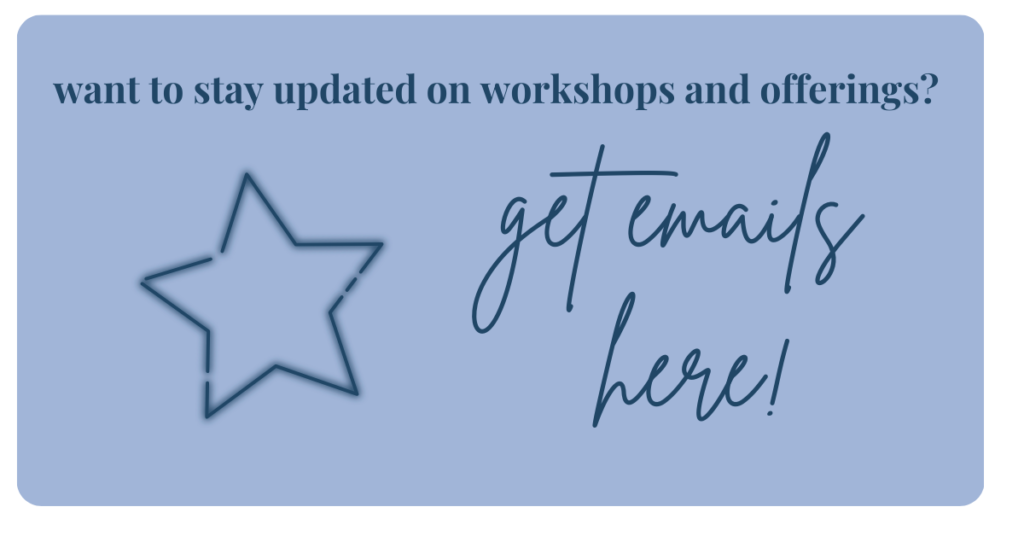Using Progressive Muscle Relaxation for Stress and Anxiety

What is Progressive Muscle Relaxation?
Progressive Muscle Relaxation (PMR) is an exercise that has long been a tool to help combat insomnia, especially insomnia related to a busy mind. Along the same lines, PMR can be effective to calm anxiety and stress, and has been studied as an effective non-drug tool to address even more challenging diagnoses like bipolar disorder and migraines.
How do you do PMR?
We will walk you through it in a moment, but in a nutshell, PMR involves systematically going through the body and tensing and then relaxing muscle groups. The theory is that you cannot have the feeling of relaxation and well-being and anxiety symptoms at the same time, so as you move through your body, repeatedly releasing tension and feeling the relaxation, anxiety and even pain and insomnia dissipate.

Why should I give PMR a try?
In addition to helping with stress and anxiety and insomnia in the moment, practicing PMR is much like practicing meditation- the more often you do it, the easier you will find it to remember to turn to it in times of stress, anxiety, and overwhelm, so that you can easily drop into a more relaxed state without any tools, medications, or even needing to move your location. No one even has to know you’re practicing PMR, it’s that easy and accessible!
How to get started with PMR:
First: It can be helpful to have a routine as you go through each muscle group.
Many practitioners like to start with their toes and move up their legs, tensing their feet, then calves, then quadriceps, glutes, back, biceps, fists, shoulders, and then even their jaw. You can also go the other direction, but it is helpful to find a system you like and stick with it.
Next: Gently but firmly create tension.
This tension should be enough that you feel it but should never cause pain or discomfort, and certain muscles like those in the feet can easily cramp if you tense too hard. So simply feel the tension and hold it for a few seconds.
Then: Release the tension.
It can be helpful to use an accompanying word or phrase like “relax” or “exhale” or “let go” as you release the tension, but it is not necessary. You can also practice tensing on the inhale and relaxing on the exhale.
That’s it! And while it’s pretty simple, it may take time to make it something that feels natural to you and comes easily. As with all tools mental wellness- be kind and patient with yourself. Let go of judgment and focus on how it makes you feel!

A couple tips:
It can be hard to know how to tense up certain muscle groups. As you are getting used to the practice, you may find that you need a little bit of movement to create the tension. So for example, if you are lying down and want to tense your calves, you can flex your feet. Or if you want to tense your quadriceps, you might find it helpful to lift your legs off the floor a bit or off the chair.
When you finish, give yourself a moment to process and sit with how you feel afterwards, especially in comparison to how you felt before.
Or if you’re using it for insomnia, hopefully you’re already sound asleep and can think about it tomorrow!

Want to learn more tools for managing stress, anxiety, and all the challenging situations you face? Our workshops can help you do that, and so much more! Learn more here, check out upcoming workshops here, or sign up below to stay updated via email!


